Introduction: The Introduction Title
The only way to discover the limits of the possible is to venture a little way past them into the impossible. Arthur C. Clarke's words have never rung truer as we teeter on the brink of transforming impossibilities into realities. Right at this edge stands artificial intelligence, poised to usher in a wave of molecular-sized robots that may redefine the very fabric of industries and medicine. Yes, it sounds like a plot from a space opera, but this is the universe we're constructing with every technological advancement. One must ponder: is this the voyage where dust becomes player and pixel, and all things big and small converge singularly, transforming both industry and human health?
Consider the unique moment when human endeavor intersects with the microscopic wonders of molecules and atoms, carving pathways only dreamt about by authors and visionaries alike. Ray Kurzweil, Michio Kaku, and Karl Schwarzschild all speculated on the very edges of our reality, where AI meets molecular technology. Here we stand, ready to peel back yet another layer of the great cosmic onion.
Artificial Intelligence-driven molecular machines are set to become the new architects of our world, turning conventional manufacturing on its head and optimizing medical practices by a thousandfold. They hold the golden key to targeted therapies, groundbreaking diagnostics, and even the potential revitalization of our environment. Prepare to explore a domain where machinery vanquishes limitation and complexity becomes simplicity, one molecular-sized step at a time.
The Science of Molecular Machines
Molecular machines are exactly what they sound like—tiny devices crafted with the precision of a master watchmaker, but operating on the level of molecules and atoms. Imagine machines so small they can operate inside a single cell or manipulate individual molecules with the dexterity of a seasoned surgeon. It sounds like something only a novelist would imagine, but it’s inching ever closer to reality with the help of advanced AI.
These machines function based on the principles of biochemistry and nanotechnology—a synergistic dance between the structural elements of life and the external engineering of computation. Take DNA origami as an example, a technique wherein long strands of DNA are folded into specific shapes at the nanoscale. According to the leading researchers, this often relies on specific interactions and controlled thermodynamics, allowing them to act like tiny motors. Indeed, these mimics of cellular machinery can be engineered for tasks across science and industry.
The beauty of these molecular marvels extends beyond theoretical elegance. From drug delivery systems that knock on the doors of targeted cells to factories involving nanoscale processes, these machines herald a new epoch of efficiency. For instance, research into what we might call molecular ‘repair crews’ offers tantalizing potential for internal bodily repairs. The work is still in its puerile stages, guided by the cautious hands of Károly Simon and Fraser Stoddart, whose pioneering studies point to roads previously untaken.
AI: The Brain Behind Nanoscale Robotics
The world of nanoscale robotics is much like an intricate dance, and here, Artificial Intelligence is the skilled choreographer calling the shots. Think of it as the brain behind molecular machines—capable of analyzing endless data streams, crafting strategies, and directing operations with unparalleled finesse.
Machine Learning in Molecular Design
Imagine AI as the friendly tutor, helping molecular machines ace their complex interactions tests. Machine learning algorithms sift through enormous datasets, predicting how molecules behave. They trim the fat on design processes and let researchers conduct virtual experiments (spoiler alert—they're in silico, not Hogwarts). The real victory? Slashing costs and speeding up the launchpad to reality.
Control Mechanisms Powered by AI
Ever seen a conductor lead an orchestra? That's AI, in a nutshell, for molecular machines. It orchestrates a symphony of tiny tasks using algorithms that respond to real-time changes like a maestro waving a baton. In the chaos of industrial settings—or even the human body—AI maintains harmony, ensuring molecular machines hit all the right notes. It's like a tech-savvy guardian angel, minus the wings!
Industrial Applications of Molecular Machines
The industrial world is buzzing with excitement, akin to bees discovering a garden full of flowers. Molecular machines and AI have triumphantly marched onto this stage, bringing with them a cavalcade of enhancements to manufacturing and processing that even the hardest skeptics can't ignore.
Nanoscale Manufacturing
Picture this: a tiny factory running like a well-oiled machine, thanks to molecular machines zipping around assembly lines. These petite powerhouses reduce material waste and crank up production speeds—perfect news for companies everywhere. For those who love the nitty-gritty of manufacturing, this means increased precision and efficiency. A new era's dawn when every molecule is mustered for the greater good!
Environmental Monitoring and Remediation
Think of molecular machines as microscopic superheroes with a green streak—a Green Lantern minus the ring. These little marvels have the capability to monitor pollutants or even fix environmental mishaps on a molecular level. With ongoing projects and field tests under their utility belts, they have already begun weaving themselves into the narrative of environmental conservation. It's like Mission Impossible for molecules, and they're smashing it!
Medical Applications of Molecular Machines
In the dazzling theater of modern medicine, molecular machines promise to be revolutionary performers, rendering what seemed impossible, possible. These tiny warriors, augmented by artificial intelligence, hold the key to transforming diagnostics and therapeutic avenues, much like a leading actor in a science fiction drama. Their impact is nascent, yet profound, foretelling a future where treatments become more accurate, targeted, and patient-friendly.
Targeted Drug Delivery Systems
The magic of molecular machines in medicine is akin to a precision-guided missile finding its target, but instead of destruction, it delivers healing compounds. Traditional drug delivery can be like a scattergun approach—dispersing medication across the body and often leading to side effects. Imagine being able to direct the exact dosage of a drug right where it’s needed—like handing a thirsty explorer a canteen in the desert.
Consider the case of cancer. Researchers are developing machines that deliver chemotherapy drugs directly to tumor sites. Rather than flooding the system, these machines travel through the bloodstream, minimizing harm to healthy cells.
- Efficiency: Reduce drug wastage and enhance therapeutic impact.
- Safety: Minimize adverse effects associated with traditional chemotherapy.
- Adaptability: Tailor treatment to individual patient biology.
Diagnostic Innovations
Imagine diagnostic machines that roam your body, acting as tiny detectives. These nanoscale devices could potentially identify disease markers even before symptoms appear, changing the landscape of preventive medicine forever. AI plays the role of the seasoned detective—analyzing clues (data) to solve mysteries (health conditions) with remarkable speed and accuracy.
A remarkable example is the development of molecular machines for blood tests. These machines employ AI to rapidly assess biomarkers indicative of diseases—ushering an era of near-instant diagnostics.
- Precision: Early and accurate detection of conditions.
- Timeliness: Rapid results facilitating swift medical decision-making.
- Comprehensive: Broadened scope of detectable conditions.
Challenges and Ethical Considerations
The marvel of molecular machines comes with its Pandora’s box of challenges and ethical dilemmas. While potential benefits are tremendous, a spotlight must also shine on these vital considerations. Just like Prometheus, who gifted fire to humanity, developers must wield this technology responsibly to avoid burning the world.
Technical Limitations
Progress is primarily steered by overcoming technical hurdles. Today’s reality involves a painstaking dance between creativity and feasibility. Sparring with challenges like material durability, machine stability, and opportunities for precise control requires scientific zeal, much like an intricate game of chess.
- Material Challenges: Development of suitable, stable materials at nanoscale.
- System Integration: Seamless integration of AI with molecular machinery.
- Environmental Compatibility: Ensuring machines operate safely within biological systems.
As scientific wizards forge new pathways, solutions emerge. Quantum dots and graphene are among potential materials to address durability and cost issues.
Ethical Implications
Technological advancement is a coin with two sides. While one side gleams with possibility, the other harbors shadows of ethical contention. The intersection of AI and molecular machines brings forward pressing questions that challenge moral compasses and legislative frameworks alike.
Key ethical considerations entail ensuring safety, data privacy, and equitable access to medical advances. The development of these tech wonders calls for not just a pioneering spirit but a steadfast commitment to ethical clarity—a quest for balance akin to a tightrope walker navigating a vast chasm.
- Safety: Prevent unforeseen risks associated with erroneous or malfunctioning machines.
- Privacy: Protect patient data processed by AI-powered diagnostics.
- Equity: Democratize access to emerging, life-enhancing technology.
In this journey, collaboration with regulatory bodies and multi-stakeholder dialogue is essential. Embracing transparent discourse and meticulous regulatory standards will form the bedrock of responsible technology governance, ensuring that these mini marvels usher a golden age of opportunity without tipping the scales of ethical balance.
AI Solutions: How Would AI Tackle This Issue?
If I were an AI myself, I would approach the development and integration of molecular machines with a structured, multi-faceted strategy. Initially, I would assemble a team that includes MIT researchers, AI experts, chemists, biologists, and ethicists. The diverse skill sets would ensure that all angles are covered—technical, scientific, and ethical.
My first step would be to leverage machine learning algorithms to analyze existing datasets on molecular interactions. This includes databases like the Protein Data Bank, which houses valuable information about protein structures. Identifying optimal designs for molecular machines would become a fundamental priority. Moreover, enhancing computational models using reinforcement learning could ensure real-time adaptability in dynamic environments while maximizing efficiency.
Cooperation with interdisciplinary teams would be crucial. I would position collaborations with institutions like Stanford University, fostering knowledge sharing and innovation. Virtual collaborative platforms, such as Microsoft Teams, would facilitate communication while developing molecular designs in real-time.
In the design phase, rapid prototyping and simulations would lead to quicker real-world applications. I would include a mechanism for feedback loops, allowing researchers and engineers to evaluate their models in simulated environments before actual production. Conducting preliminary tests through LabHub's state-of-the-art facilities can refine prototypes.
Finally, safety and ethical protocols need to be established at the onset of the research. These guidelines would prioritize responsible use and development of molecular machines. Regular audits and checks involving external bodies, possibly consulting organizations like WHO or regulatory bodies, would help steer the development toward ethical governance.
Action Schedule/Roadmap
Day 1: Initial Planning - Assemble the core team consisting of AI experts, chemists, biologists from institutions like Harvard University, and ethicists. Clearly outline roles and responsibilities.
Day 2: Literature Review - Conduct a thorough review of existing research on molecular machines and AI technologies. Focus on challenges faced by previous projects and note technological advancements from databases like ScienceDirect.
Day 3: Define Objectives - Clearly outline short-term and long-term goals for the project along with potential industrial and medical applications.
Week 1: Research Framework - Develop a comprehensive framework identifying key challenges and necessary partnerships with institutes, corporations, and regulatory bodies.
Week 2: Simulation Development - Initiate AI-driven simulations. This involves selecting computational tools like ANSYS for prototyping molecular interactions.
Week 3: Workflow Development - Create a structured workflow for ongoing monitoring of developments and feedback loops to refine prototypes through platforms like Slack.
Month 1: Testing Initial Prototypes - Conduct controlled lab tests on the initial prototypes; gather data and adjust designs for improved performance. Collaborations with institutions can expedite the testing process.
Month 2: Field Trials - Engage potential users from the medical or industrial sectors to assess the prototypes' real-world applications. This could be arranged through workshops or webinars.
Month 3: Ethical Review - Conduct a comprehensive assessment of the ethical considerations, consulting with regulatory bodies and ethics committees to finalize responsible protocols.
Year 1: Full-Scale Production - Transition from the testing phase to a full-scale production ramp-up, involving engagements with manufacturers such as Boeing, known for cutting-edge tech applications.
Year 1.5: Market Integration - Launch products into designated commercial segments while closely gathering user and market feedback for further refinements.
Year 2: Evaluate and Iterate - Assess the impact of molecular machines in the market. Utilize data analytics tools to measure effectiveness, leading to possible revisions, improvements, or new features based on user input.
Conclusion: Embracing a New Frontier
As we stand on the horizon of remarkable advances in artificial intelligence and molecular machines, we are reminded of the immense responsibilities we bear. The fusion of these cutting-edge technologies promises to transform industries but also comes with complexities that must be navigated. It invites us to reflect critically on the ethical considerations, ensuring that we maintain a balance between innovation and societal well-being.
To tap into the full potential of these molecular machines, collaboration among researchers, industry leaders, and regulatory bodies is essential. By fostering this spirit of togetherness, we can create a robust framework through which these promising technologies can flourish responsibly. The next few years will be a litmus test for our ability to embrace change while navigating its inherent challenges.
Ultimately, as we develop molecular machines guided by AI, we must ask ourselves: What type of future do we envision? Will it be one where technological innovations drive humanity to new heights of wellness and productivity, or will we find ourselves ensnared by the ethical dilemmas that often accompany advancement? Let’s take these reflections to heart, as they will shape the narrative of this exciting new chapter in technology.
Frequently Asked Questions (FAQ)
What are molecular machines?
Molecular machines are tiny devices that can move and perform specific tasks at the molecular level. Think of them like little robots, but instead of being large, they're so small that you need a powerful microscope to see them. These machines can be made from different materials, like DNA or proteins, and are designed to do specific jobs, like delivering medicine directly to the cells in your body.
How does AI enhance molecular robotics?
Artificial Intelligence (AI) plays a crucial role in molecular robotics by helping design and control these tiny machines. Here’s how AI adds value:
- Design Simulation: AI can simulate how molecular machines will work before they're actually built. This saves time and resources.
- Prediction: AI can predict how different molecules will interact with each other, making it easier to design effective machines.
- Real-Time Control: AI helps in controlling these machines so they can react quickly to their environment, improving their effectiveness.
What industries can benefit from molecular machines?
Molecular machines can impact many fields, and here are a few examples:
- Medicine: They can improve drug delivery by ensuring that medicine reaches exactly where it needs to go in the body.
- Manufacturing: In factories, they can help make products more precisely and with less waste.
- Environmental Science: They can help monitor pollution and even clean up environmental damage at a very small scale.
Are there any ethical concerns regarding molecular machines?
Yes, the development of molecular machines does raise important ethical questions:
- Safety: How safe are these machines? We need to make sure they don't harm people or the environment.
- Regulation: Who will oversee the use of these technologies? Proper guidelines must be in place.
- Misuse: Could these machines be used in harmful ways? We need to think ahead to prevent misuse.
What is the future of molecular machines and AI?
The future looks bright for molecular machines combined with AI. As technology advances, we expect to see:
- More Applications: New ways to use these machines in different fields, particularly in healthcare and manufacturing.
- Better Designs: Improved designs that can perform more complex tasks effectively.
- Increased Collaboration: Engineers, doctors, and scientists working together to move the technology forward responsibly.
How are molecular machines made?
Molecular machines are created through a variety of techniques, which may include:
- DNA Origami: This method involves folding DNA into specific shapes and devices.
- Synthetic Chemistry: Scientists use chemical reactions to build molecules that can perform mechanical tasks.
- Biomimicry: Some designs are inspired by natural processes in living organisms.
Can molecular machines help in the fight against diseases?
Absolutely! One way they can help is through targeted drug delivery. Instead of delivering medicine throughout the whole body, molecular machines can ensure it only goes to the affected area. This means treatments can be more effective and have fewer side effects. For more on this topic, you might find this study on targeted drug delivery interesting.
Where can I learn more about molecular machines and AI?
To dive deeper, you can check out resources like:
- ScienceDirect on Molecular Machines
- Forbes article on Molecular Machines
- MIT Technology Review on Nanobots
Wait! There's more...check out our gripping short story that continues the journey: Fringes of Destiny
Disclaimer: This article may contain affiliate links. If you click on these links and make a purchase, we may receive a commission at no additional cost to you. Our recommendations and reviews are always independent and objective, aiming to provide you with the best information and resources.
Get Exclusive Stories, Photos, Art & Offers - Subscribe Today!
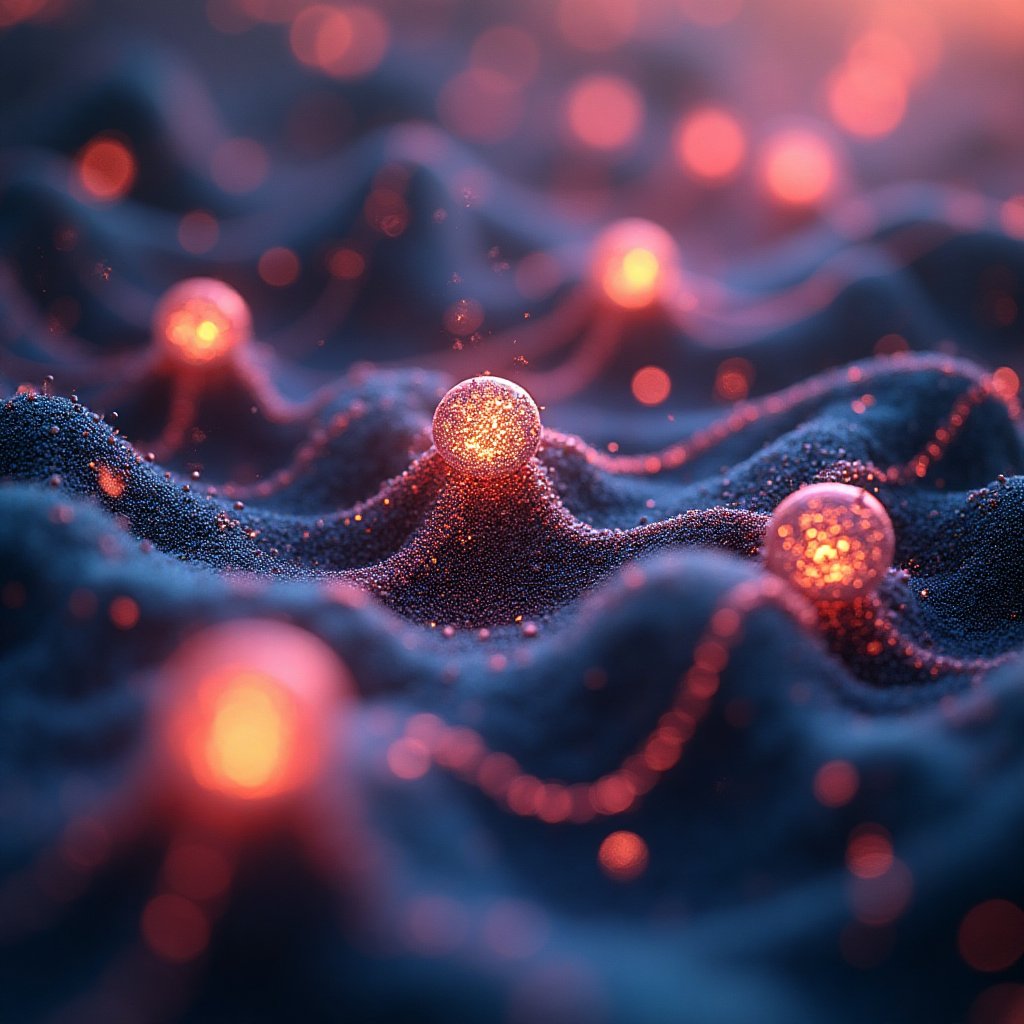
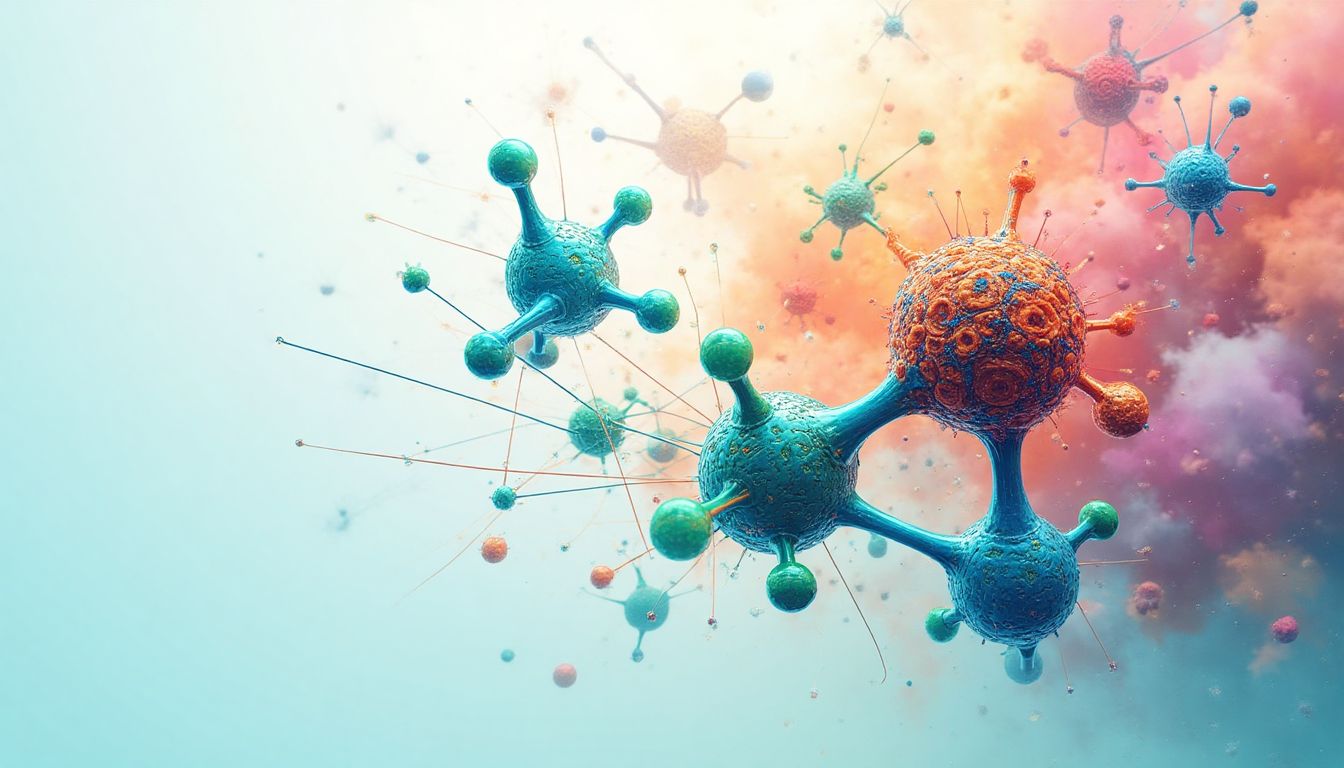
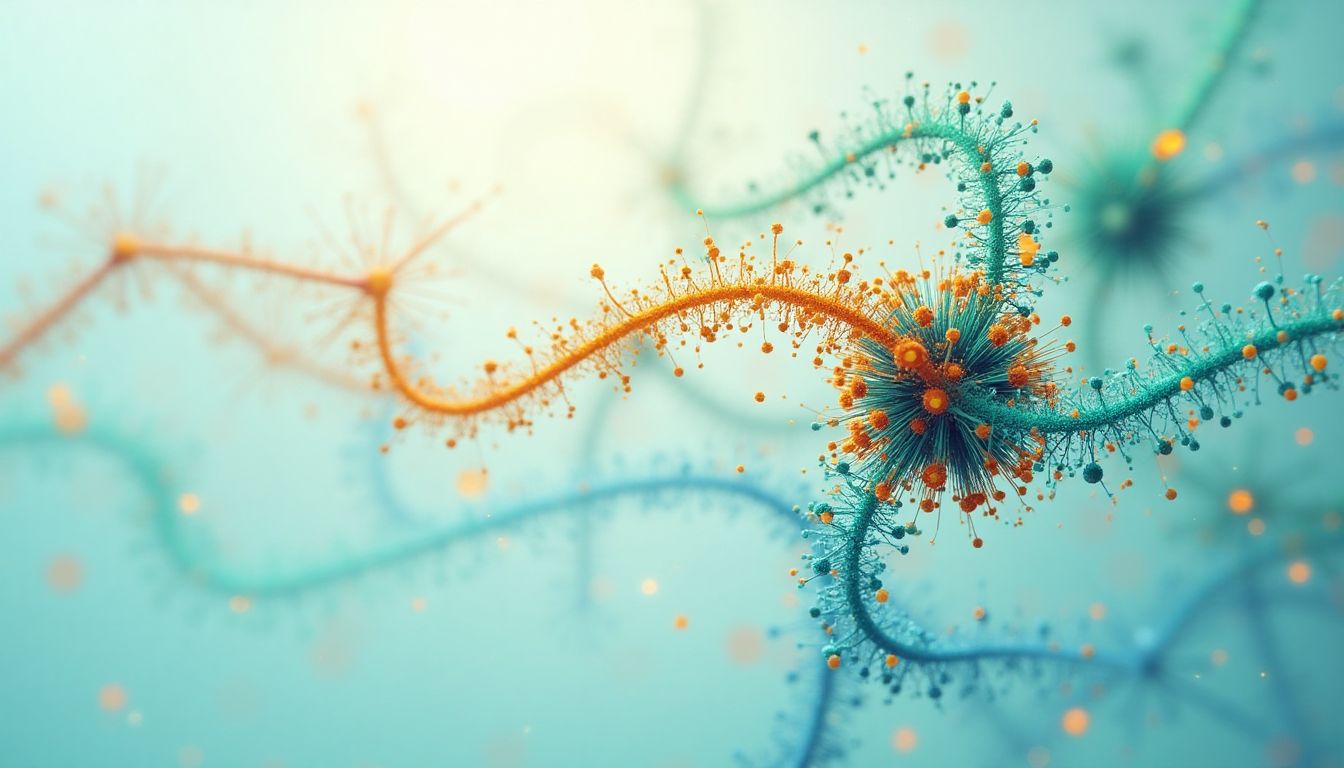
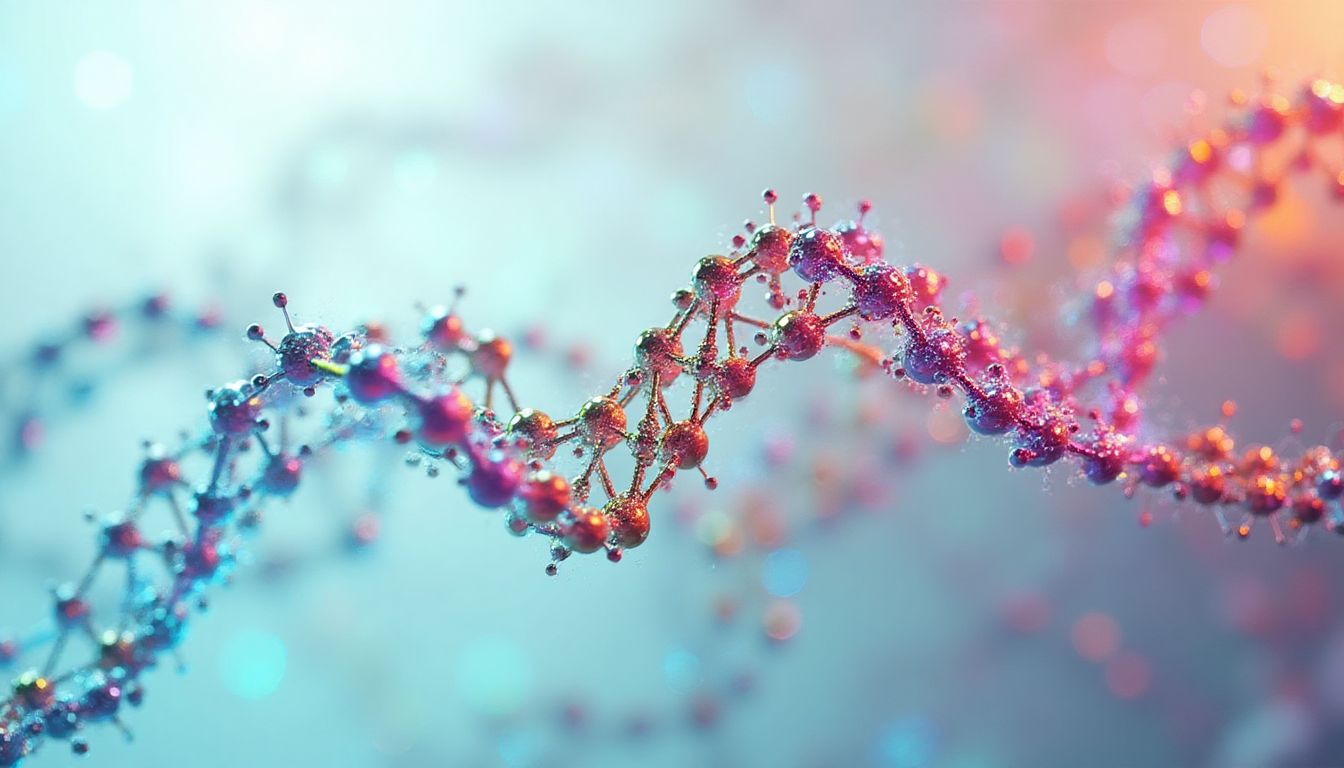
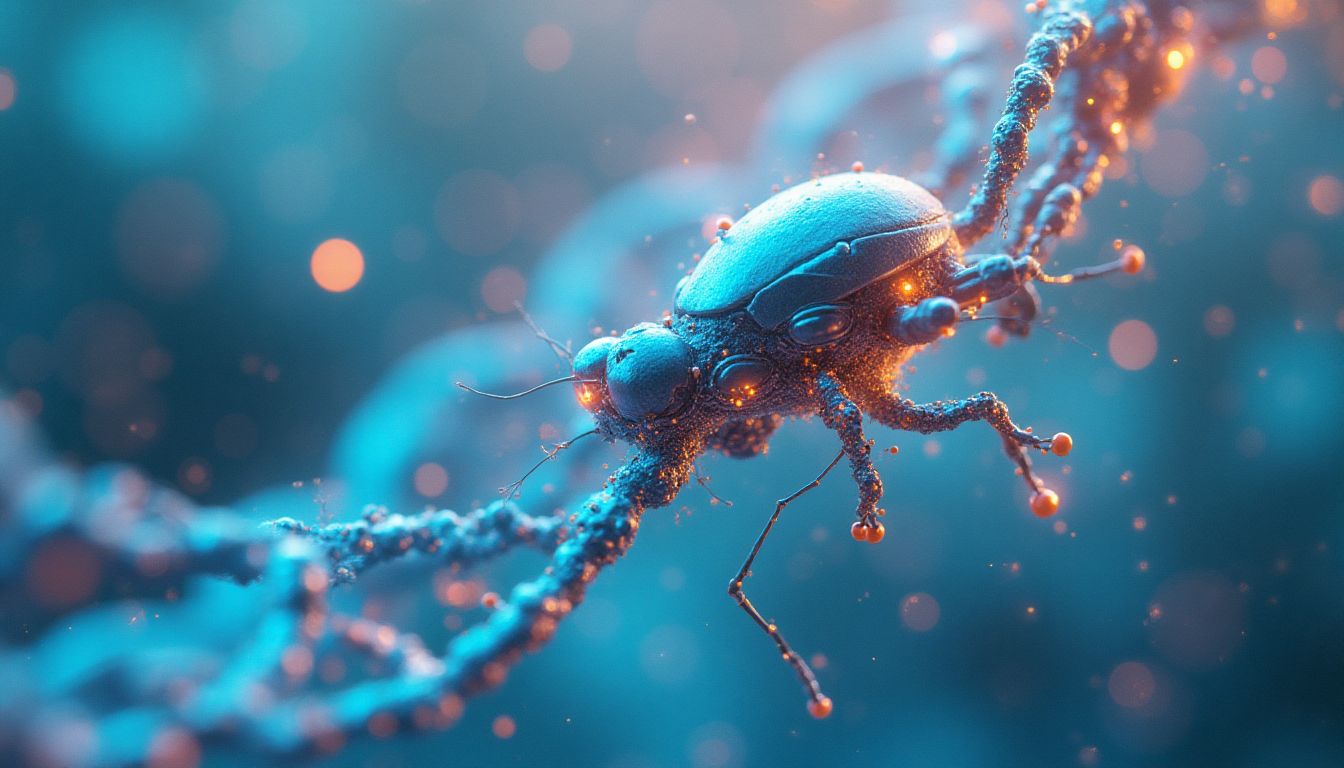
























Post Comment
You must be logged in to post a comment.